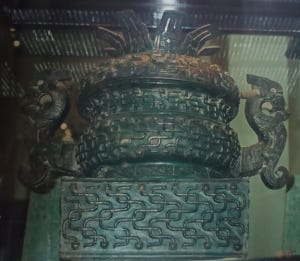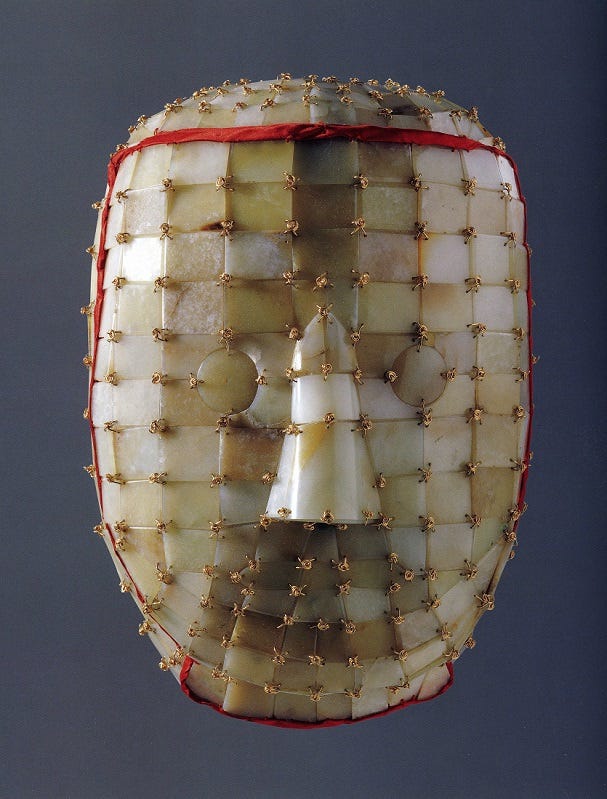One of the most enjoyable courses I had at the university was Chinese art. Combining history and beauty, Chinese art opened a new world before my eyes and made my visits to museums much more enjoyable. It also opened the way to buying art books, something which I did not consider doing before then.
Our teacher, specialized in ceramics, once organized a handling session at a London’s museum (I think it was the British Museum). In a back room we sat at a large table, and we were given a few ceramic items from different periods to touch and see, mostly bowls and small statues. I still remember how carefully each of us were passing the precious objects to the fellow student sitting next, without lifting it from the table. It was a magical moment.
I am very grateful to this teacher for raising my curiosity and interest. Even though my Chinese art knowledge is somewhat dusty, I still find it very fascinating.
One of the things which really stuck into my mind was the discovery of Mawandui, the burial site of a high-ranking family of the Western Han dynasty. Two discoveries are particularly remarkable: one is the funeral banner, which depicts the beliefs of that time on the afterlife, and the other is the Daoyin Tu, a drawing of figures in different positions performing different exercises. It is the first written testimony of qigong!
The mummified body of the Marquise of Dai was well preserved, and she is one of the attractions of the Changsha museum. What also stuck in my mind is that apparently, she died suffocated by melon seeds!
Another amazing artifact of ancient China are burial suits made of jade. Jade is a very hard stone, which can be carved or shaped only through abrasion. With no mechanical help like today, artisans in those days needed months or even years to create a jade object. Can you imagine how long it must have taken to create hundreds of small and regular jade pieces, which were sewn together to cover the whole body? A few of them have been discovered and one of them belonged to a Prince of the Western Han dynasty.
I made the connection between the two and I used these in my story: a Chinese ancient artifact became the motor of the plot!







